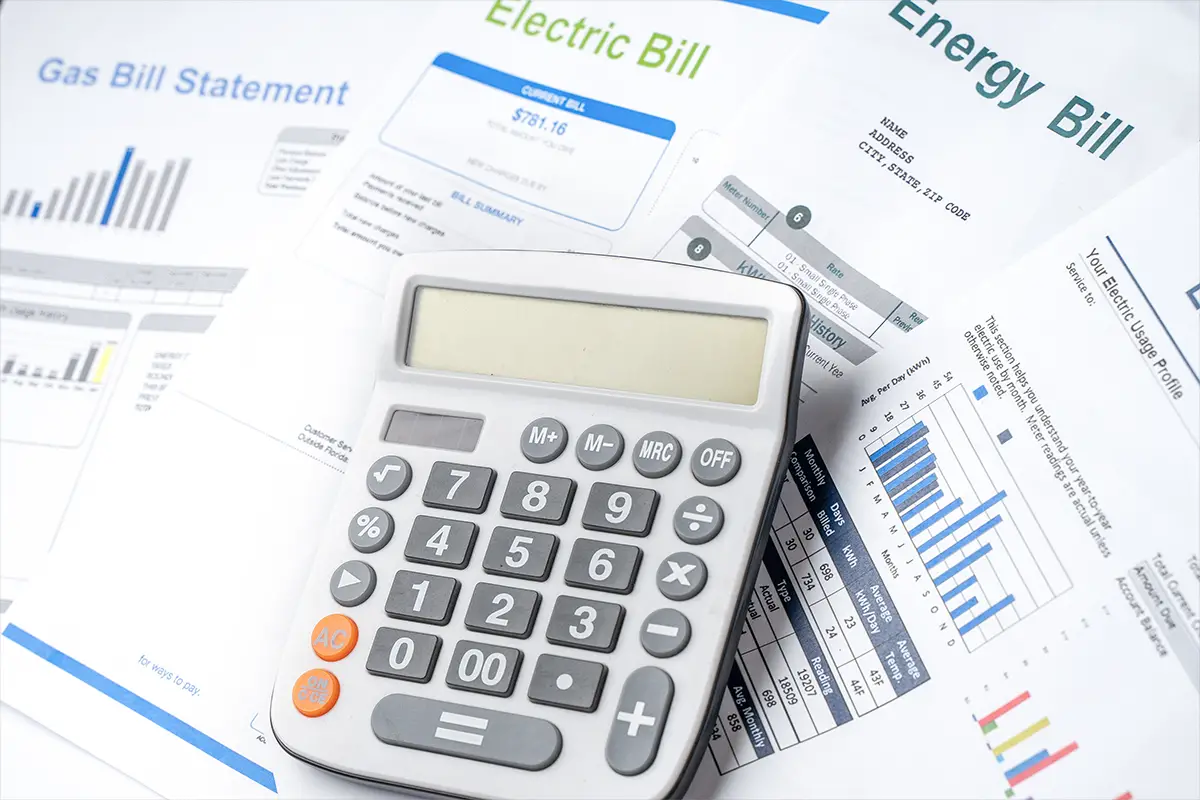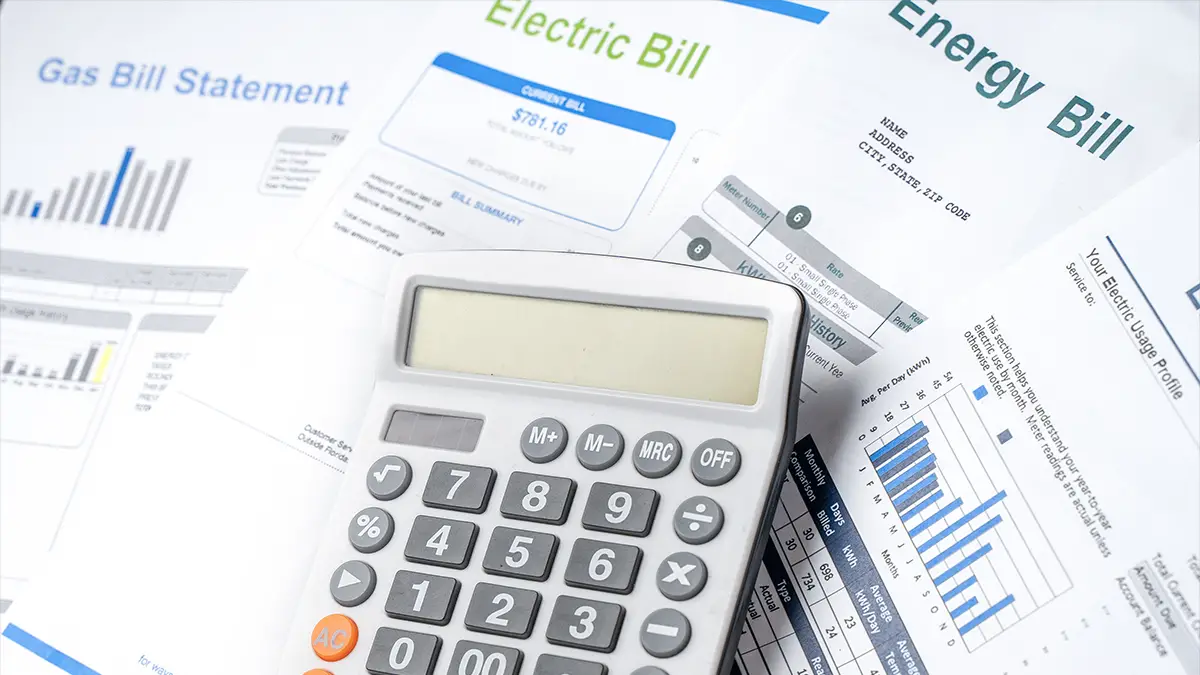
One-third of the nation’s 44-million renter households were behind on their utility bills in the past year, according to a recent Census Bureau survey.
This is a big concern, since the survey states that renters who fall behind on their energy bills are far more likely to fall behind on their rent and risk eviction.
Inflation has hit American households hard, and paying monthly bills has become a challenge for many renters. As energy prices have risen with inflation, households across the country are struggling to cover their utilities.
When households do not have enough money to pay for needed utilities, they are often defined in the housing industry as “energy insecure.” Energy insecurity not only means that households fall behind on their utility payments.
Energy insecure households often put off paying other bills to cover energy costs, or skimp on necessities like food and medicine. They may also use risky strategies like heating their home with an oven or taking out high interest payday loans to pay energy bills.
Energy insecurity often leads to housing insecurity
When renters face high energy bills they often have to cut back on other necessities, and sometimes it means there is not enough left to cover the rent. Utility shut-offs can also be lease violations and give a landlord grounds to file for eviction.
The Census data shows that 45% of renters behind on their energy bills almost every month are also behind on rent. Almost one-third (29%) of those who were late on energy bills for some months in the last year were also behind on rent.
Some renters are more prone to energy insecurity
Renters with the lowest incomes are the most likely to face energy insecurity, according to the Census data. Among renters earning less than $25,000 a year, 44% struggled to pay their energy bills in the last year. This is almost double the 26% of renters earning $50,000-$75,000 who were behind on utilities.
Half of Black renter households struggled to pay their utility bills during the last year. Among Hispanic households, 37% struggled with energy bills. On the other hand, 26% of white renters were behind on utility payments.
Where can low-income renters get energy assistance?
The federal Low-Income Home Energy Assistance Program (LIHEAP) provides energy assistance to low-income renters and homeowners around the country. Renters can get help paying heating and electric bills through the program. Some programs may also offer other services, like appliance repair and replacement or home weatherization.
LIHEAP funds are allocated to state governments by the Department of Health and Human Services (HHS). In most states, these funds are passed along to local governments, nonprofit organizations, or community action agencies to distribute in their communities.
The HHS LIHEAP Clearinghouse includes a look-up tool to find energy assistance in your community. Users can search for local LIHEAP programs by state, territory, or tribe.

